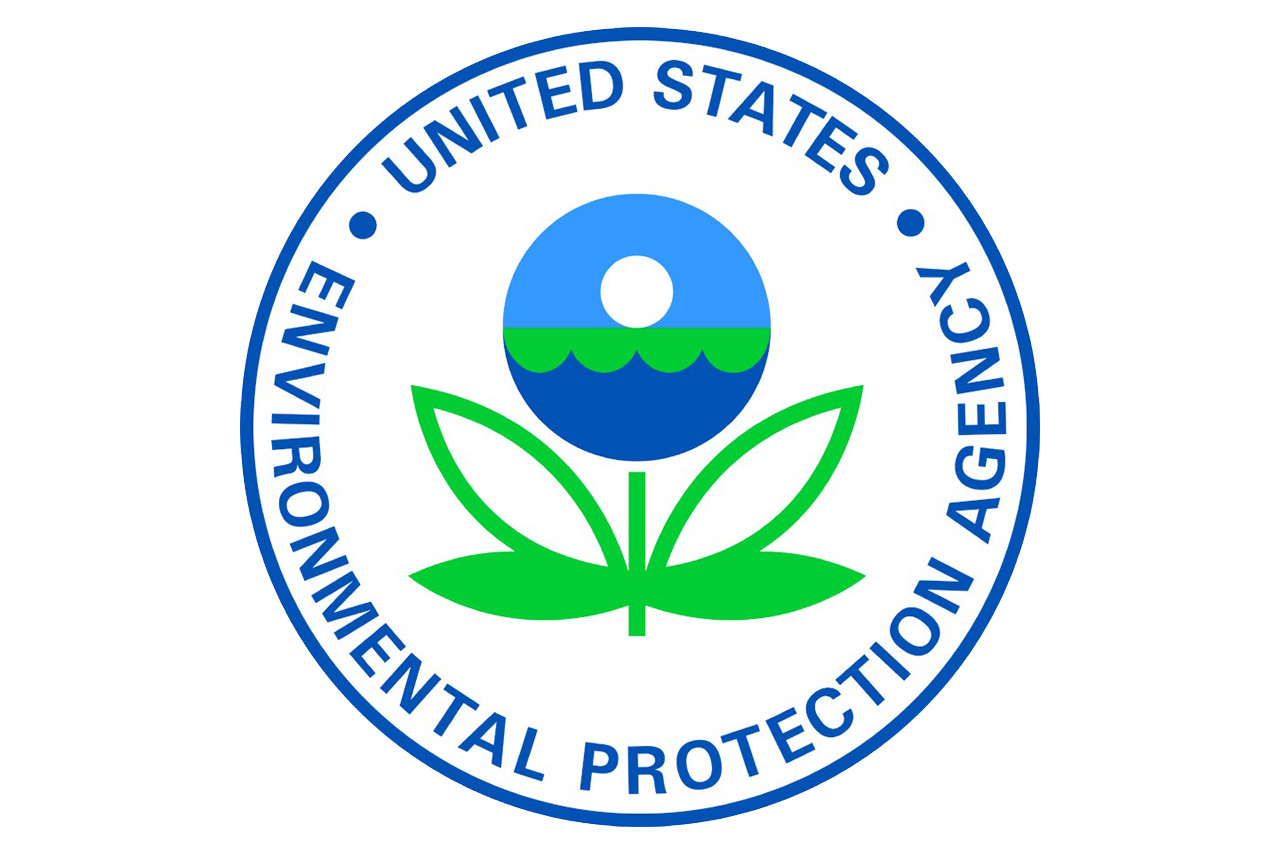The Environmental Protection Agency Proposes Raising The Limit For Nuclear Contamination Of Drinking Water In Nuclear Emergency
The U.S. Environmental Protection Agency began operating in December of 1970. It was created by the Nixon administration to protect human health and the environment. It writes and enforces regulations that are passed by the U.S. Congress. The Agency has established standards for acceptable levels of pollutants in water and air including acceptable levels of radioactive contamination.
The EPA just issued proposed Protective Action Guides to allow a great increase in acceptable levels of radioactive contamination during nuclear disasters. The new upper limits are far above the current allowable level in the Safe Drinking Water Act. The new PAGs would permit the general population to drink water up to thousands of times more radioactive than the current standards allow.
Currently, the acceptable limit for iodine-131 in drinking water is three pico-curies per liter (pCi/L). The new guidelines would allow over ten thousand pCi/L). This is an increase of over thirty thousand percent! The current limit for stontium-90 is 8 pCi/l. The new guidelines would allow over seven thousand pCi/l which is an increase of over eighty seven thousand percent.
Critics are outraged that the EPA would propose such radical increases of acceptable radioactive contamination that would pose a huge health risk to the public. The current model of the health impact of radioactive materials is based on the linear no-threshold theory. This theory states that there is absolutely no safe level of radioactive exposure and the threat rises linearly as the level of radioactive exposure rises. Exposure to radioactive materials can result in a number for serious health problems include many forms of cancer that can take years to manifest.
The proposed PAGs would be applicable to any release of radioactive materials such as detonation of a nuclear bomb, detonation of a dirty bomb, accidental or deliberate release of radioactive materials from a nuclear power plant, a spill of radioactive materials during transport or many other extraordinary occurrences. If any of these events happened, the PAGs would not be immediately applied. Following the stabilization of the level of radioactive contamination caused by the incident, the PAGs would be invoked and could supersede the SWA for up to several years. Critics of the proposed PAGs point out that recent research has shown that exposure to radioactive materials is even more dangerous than previously thought. They say the EPA should be tightening the limits for radioactive contamination, not loosening them.
The EPA under the George W. Bush administration made an attempt to raise radioactive contamination levels but failed to get them approved. When the Obama administration came it, the call for new higher contamination levels was withdrawn. Now in the last months of the Obama administration, the EPA is once again lobbying for a lowering of standard for water contamination. The new proposals are even worse than the proposals from the Bush EPA. There will be a forty five day period for public comment during which people can express their concerns about the proposed PAGs.
